2022 Demonstrating Arts
-
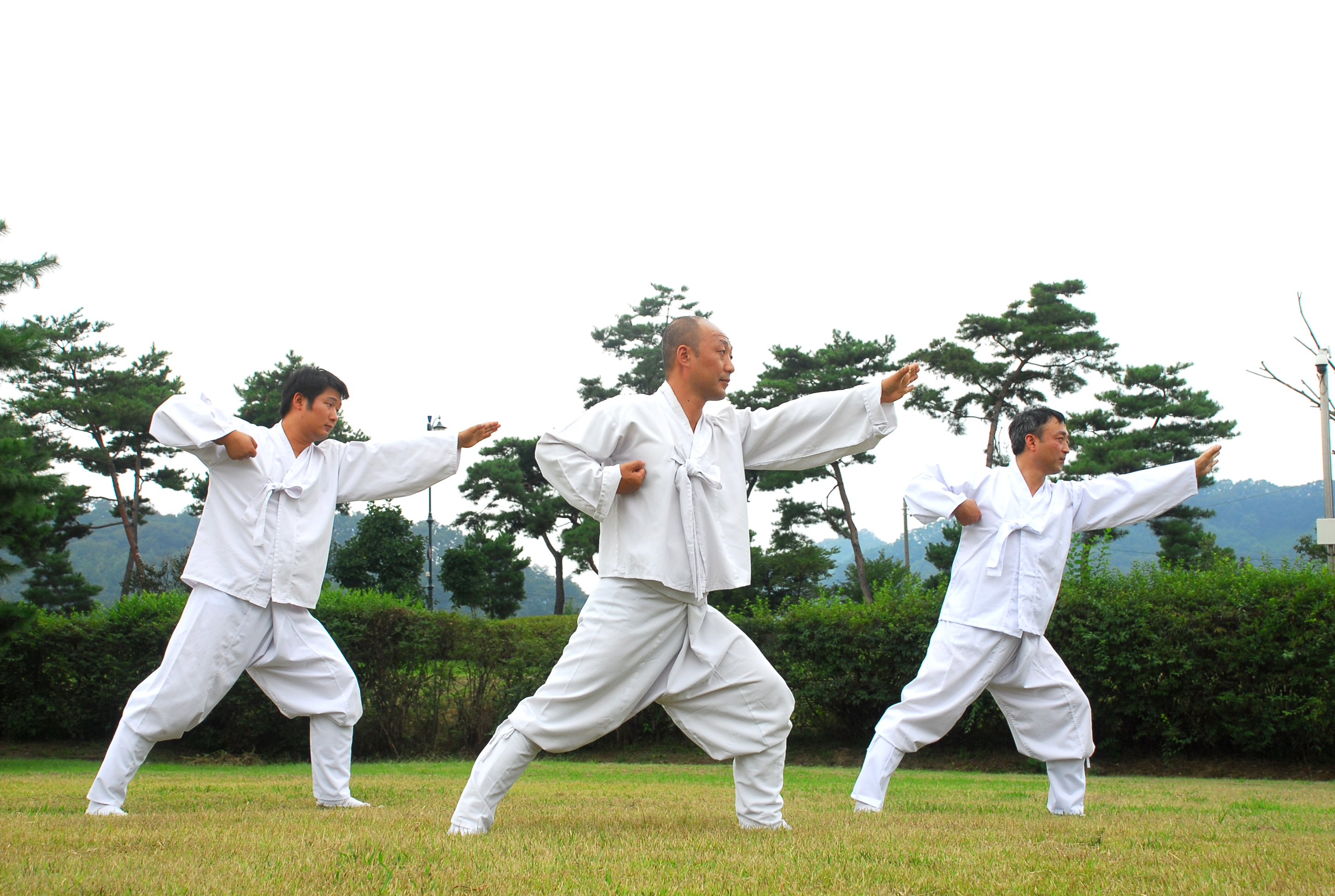
Taekkyeon
- Traditional Korean martial art that makes use of fluid, rhythmic dance like movements.
- Consisted of gentle and circular movements rather than straight and rigid.
- First martial art to be inscribed on UNESCO’s Lists of Intangible Cultural Heritage(2011). -
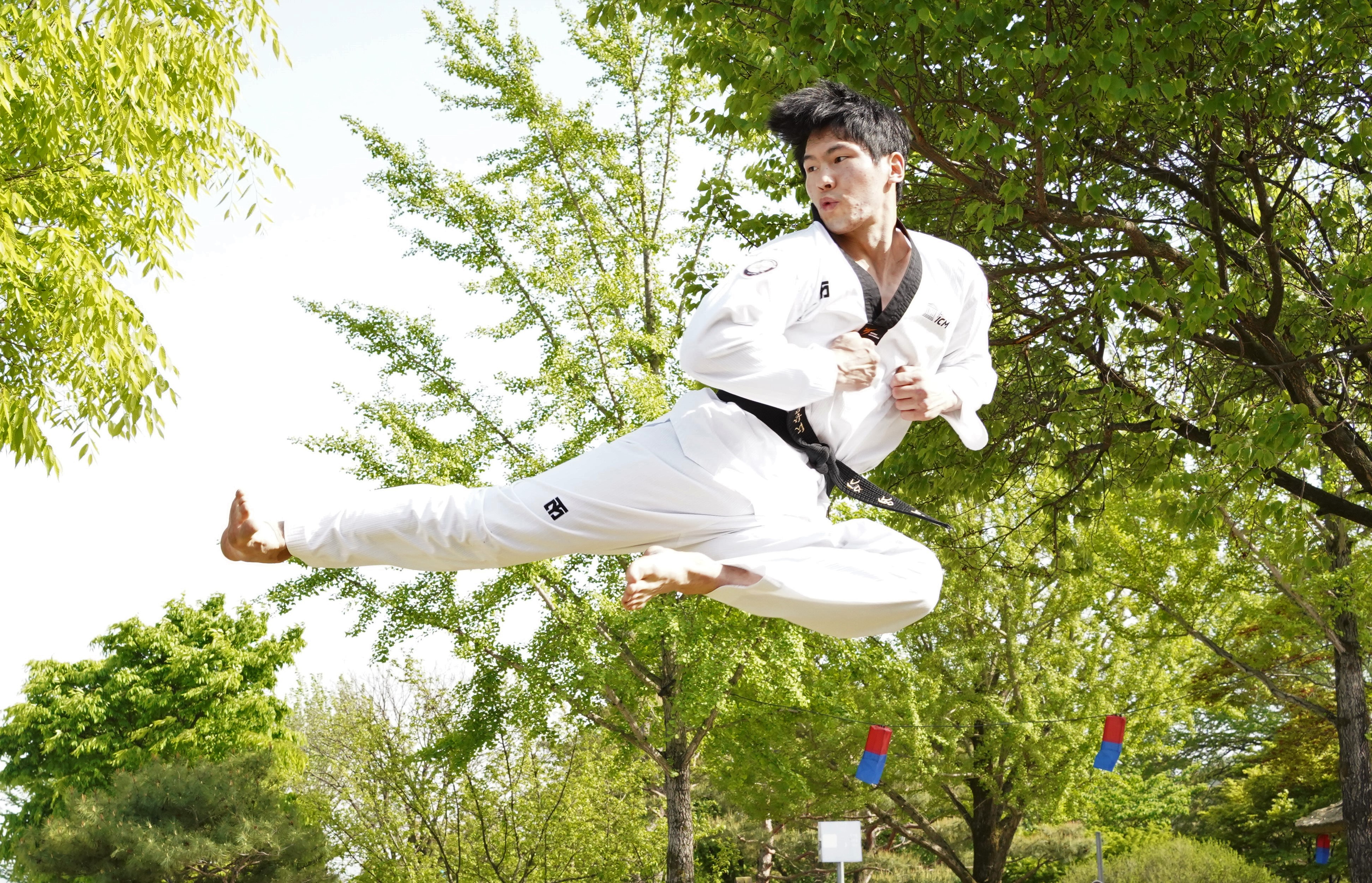
Taekwondo
- Korea’s national combat martial art, well known as an Olympic sport.
- Techniques are made of bare hands and bare feet, consists of diverse foot techniques. -
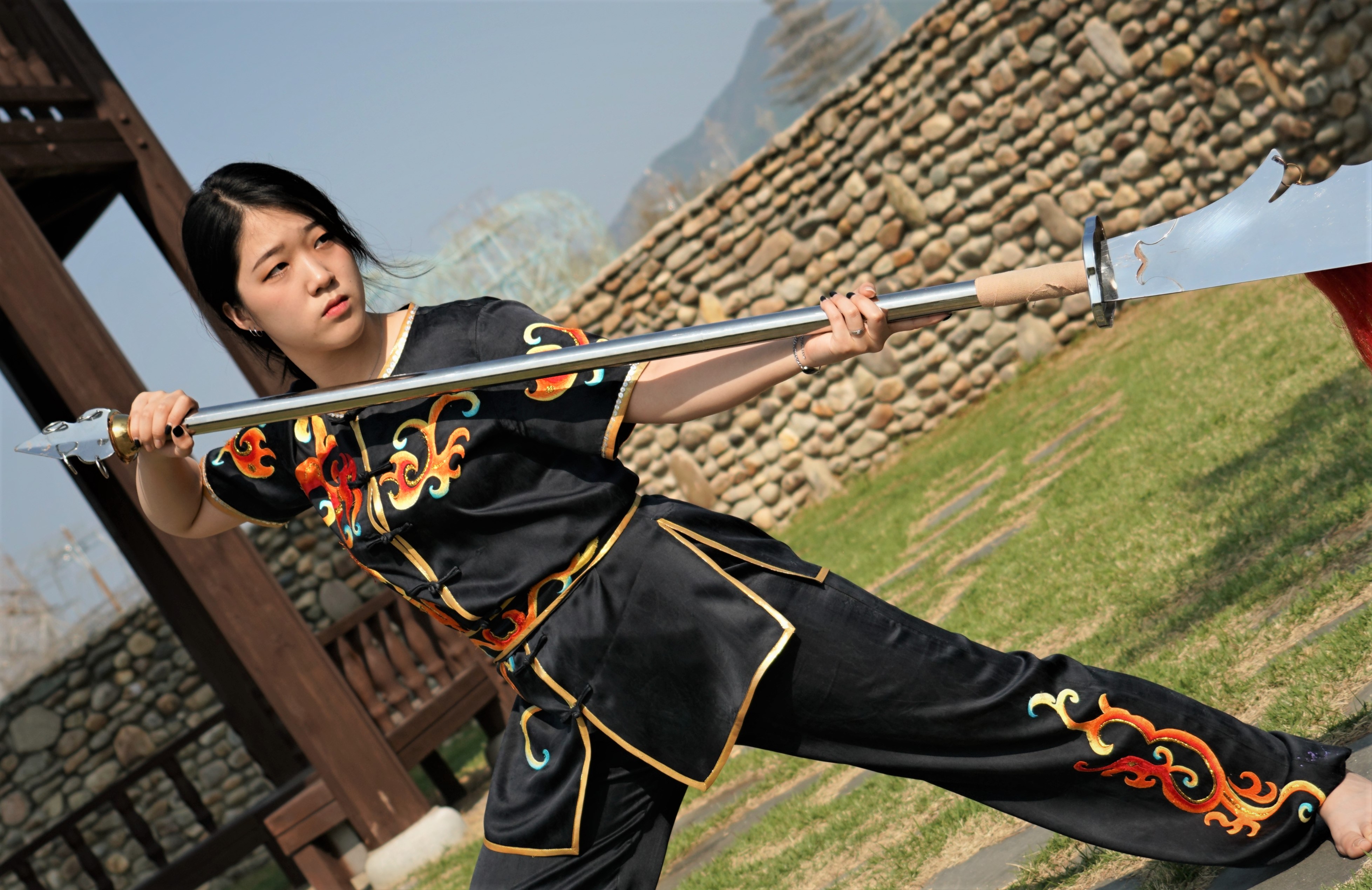
Wushu
- A modern form of China’s traditional martial arts Kungfu, which was developed with the aim to help monks be physically healthy.
- May refer to all kinds of Chinese Martial Arts that have been developed and transmitted in central China, and shows the artistic beauty of martial arts. -
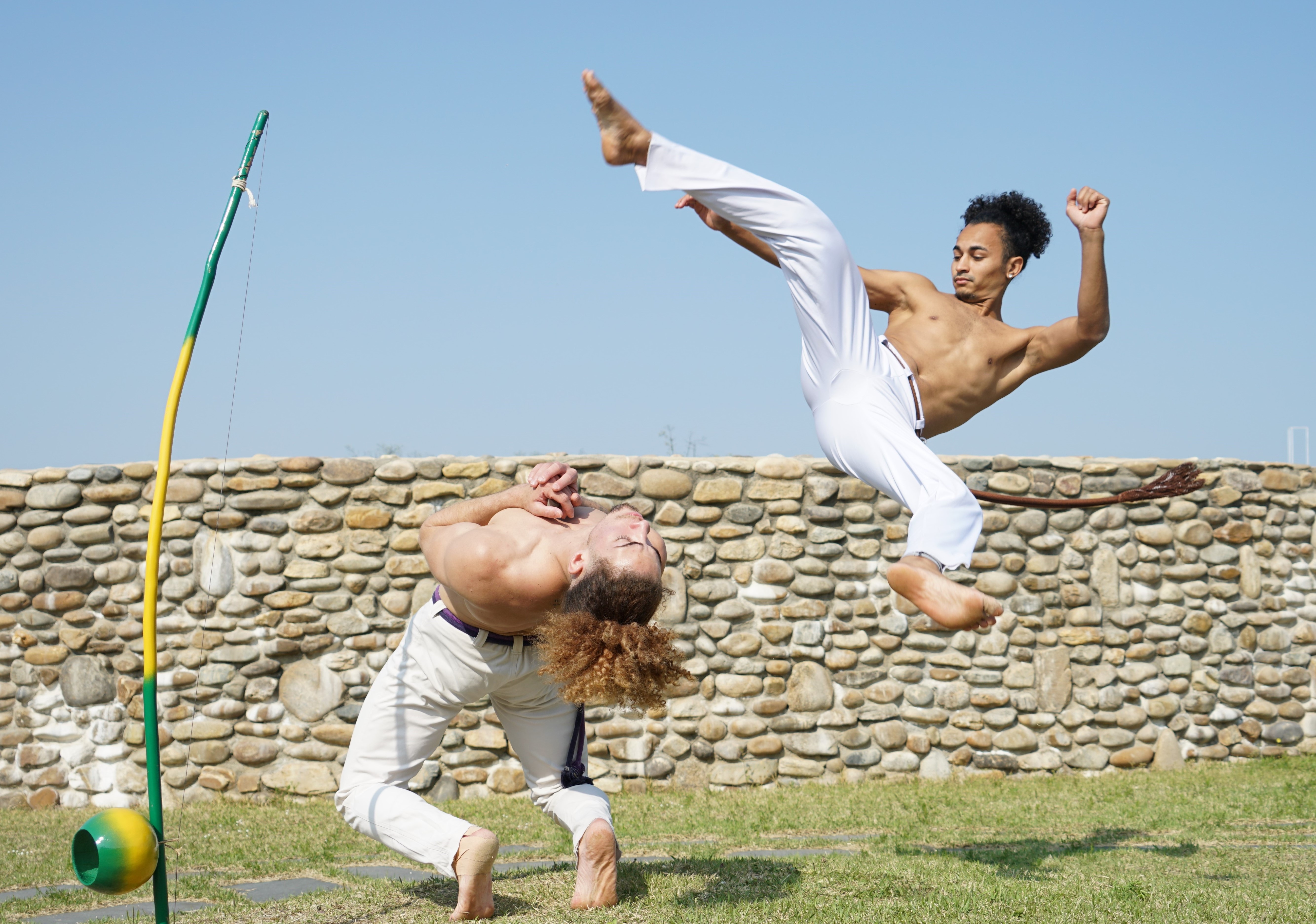
Capoeira
- Brazil’s traditional martial arts that includes playing instruments and singing.
- Consists of artistic and dynamic movements using turns, and fast kicks.
- Inscribed on the UNESCO’s Lists of Intangible Cultural Heritage in 2014.
-

Pencak Silat
- Combative art of self-defense, and consist of techniques using the whole body.
- Popular in Brunei, Indonesia, Malaysia, Singapore, etc.
- Inscribed on the UNESCO’s Lists of Intangible Cultural Heritage in 2019.
-

Bokator
- One of the oldest fighting systems existing in the world. Originated from Cambodia.
- Ancient Khmer empire army practiced and used it in war.
- Submissions and ground fighting skills combined with Elbow Punch, Knee Kick and Shin Kick combinations.
-

Samba
- Originated from Afro-Brazilian culture and symbolizing Brazil itself.
- The dance traditionally goes with 2/4 tempo samba music.
- It affected the born of Bossa Nova which is the combination of both Samba and Jazz.
2021 Demonstrating Arts
-
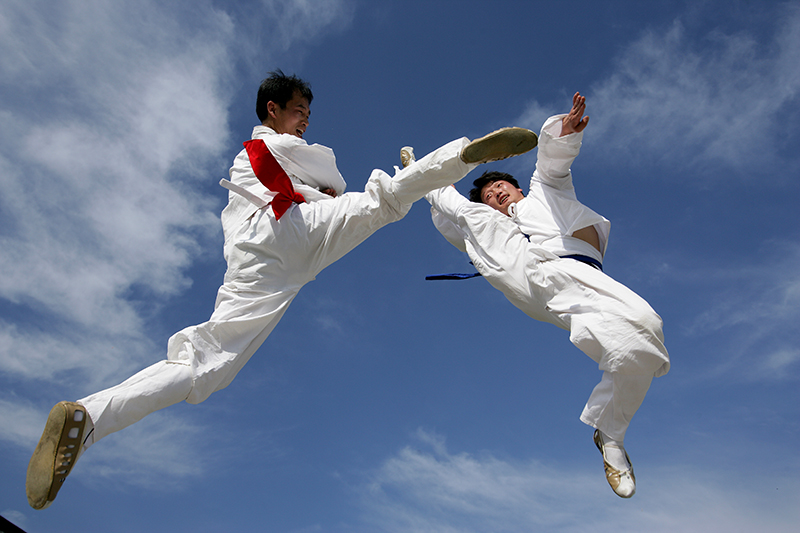
Taekkyeon
- Traditional Korean martial art that makes use of fluid, rhythmic dance like movements.
- Consisted of gentle and circular movements rather than straight and rigid.
- First martial art to be inscribed on UNESCO’s Lists of Intangible Cultural Heritage(2011). -

Taekwondo
- Korea’s national combat martial art, well known as an Olympic sport.
- Techniques are made of bare hands and bare feet, consists of diverse foot techniques. -

Wushu
- A modern form of China’s traditional martial arts Kungfu, which was developed with the aim to help monks be physically healthy.
- May refer to all kinds of Chinese Martial Arts that have been developed and transmitted in central china, and shows the artistic beauty of martial arts. -
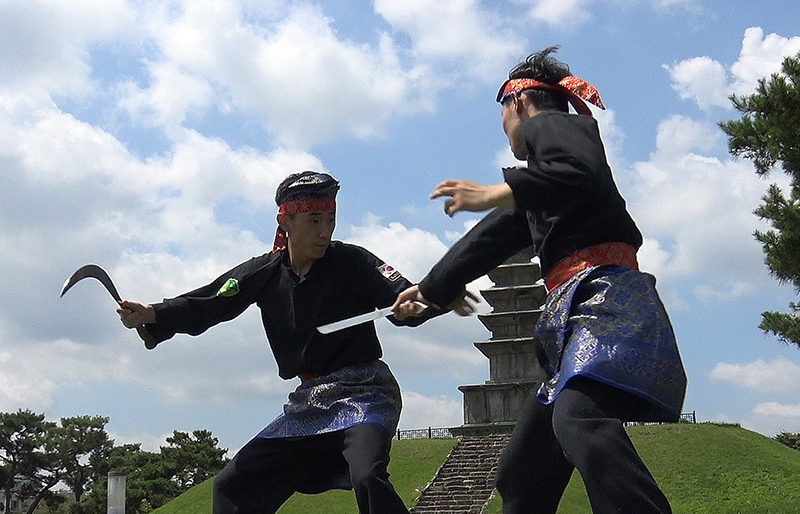
Silat
- Combatitive art of self-defense, and consist of techniques using the whole body.
- Popular in Brunei, Indonesia, Malaysia, Singapore, etc.
- Inscribed on the UNESCO’s Lists of Intangible Cultural Heritage in 2019. -
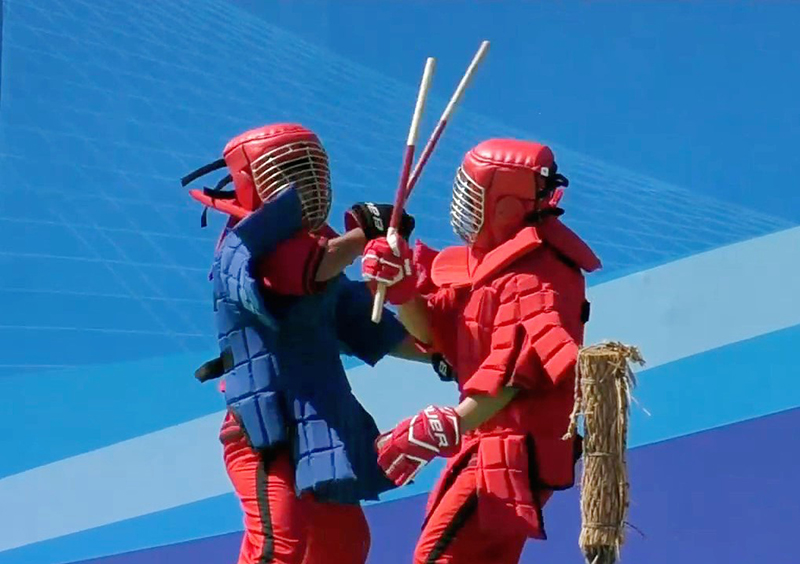
Arnis
- Philippine’s traditional martial arts, also called ‘Kali,’ or ‘Eskrima.’
- Consists of weapon (sticks, knives, etc.) based techniques with sticks, and open hand fighting without weapons. -
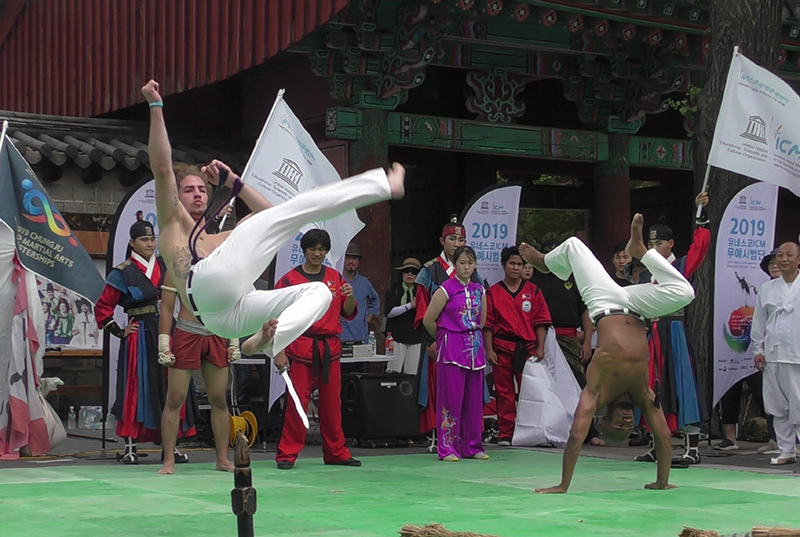
Capoeira
- Brazil’s traditional martial arts that includes playing instruments and singing.
- Consists of artistic and dynamic movements using turns, and fast kicks.
- Inscribed as UNESCO’s Lists of Intangible Cultural Heritage in 2014.
2020 Demonstrating Arts
-

Taekkyeon
- Traditional Korean martial art that makes use of fluid, rhythmic dance like movements.
- Consisted of gentle and circular movements rather than straight and rigid.
- First martial art to be inscribed on UNESCO’s Lists of Intangible Cultural Heritage in 2011. -
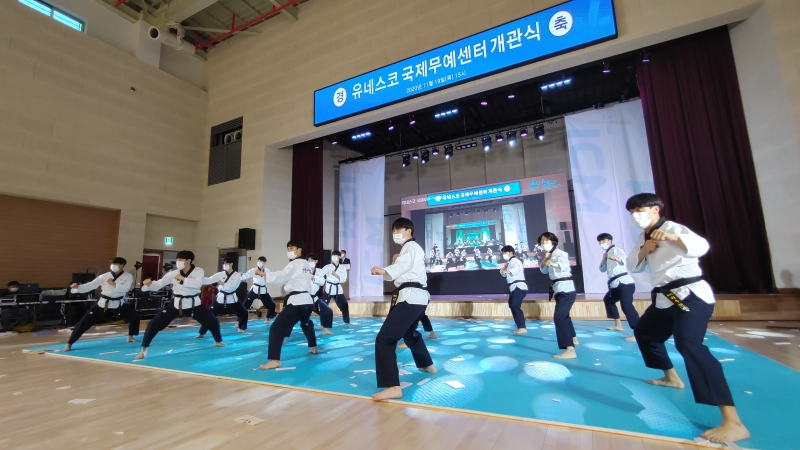
Taekwondo
- Korea’s national combat martial art, well known as an Olympic sport.
- Techniques are made of bare hands and bare feet, consists of diverse foot techniques. -
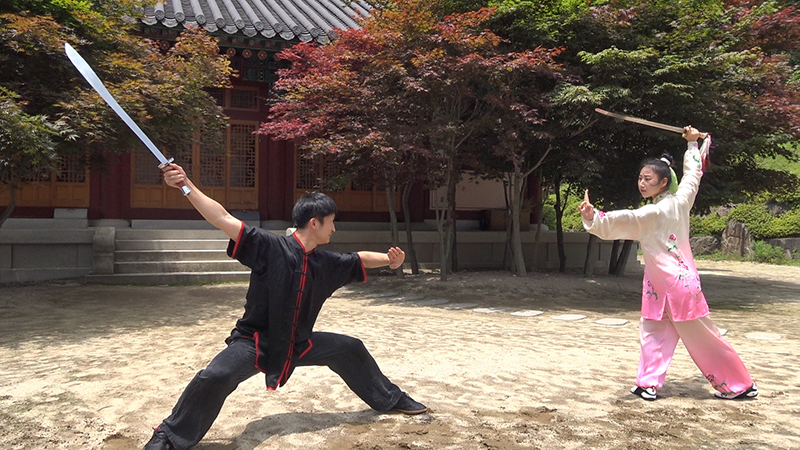
Wushu
- A modern form of China’s traditional martial arts Kungfu, which was developed with the aim to help monks be physically healthy.
- May refer to all kinds of Chinese Martial Arts that have been developed and transmitted in central china. -

Silat
- Combatitive art of self-defense, and consist of techniques using the whole body.
- Popular in Brunei, Indonesia, Malaysia, Singapore, etc.
- Inscribed on the UNESCO’s Lists of Intangible Cultural Heritage in 2019. -
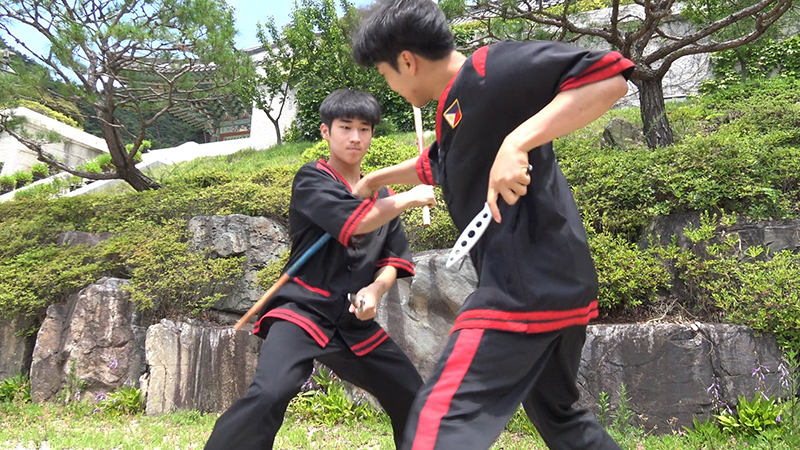
Arnis
- Philippine’s traditional martial arts, also called ‘Kali,’ or ‘Eskrima.’
- Consists of weapon (sticks, knives, etc.) based techniques with sticks, and open hand fighting without weapons. -
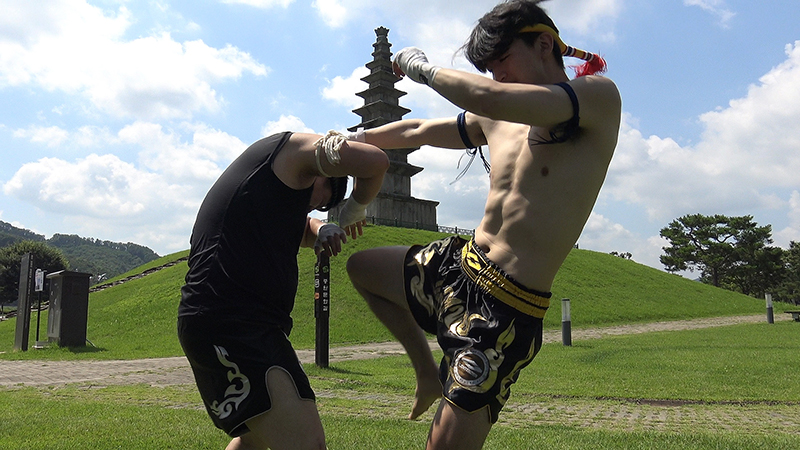
Muaythai
- Thailand’s traditional martial art with a 1,000 years of history, also called ‘Thai Boxing.’
- Utilizes destructive parts of the body like elbows, knees, and shins.
2019 Demonstrating Arts
-
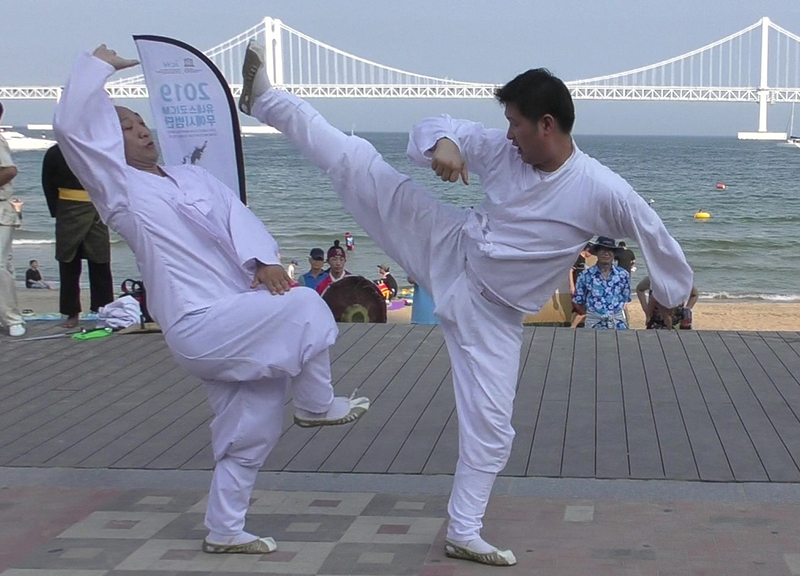
Taekkyeon
- Traditional Korean martial arts which consists of a unique step called ‘Poom balb gi’ and soft, delicate motions.
- Inscribed as UNESCO’s Lists of Intangible Cultural Heritage in 2011. -
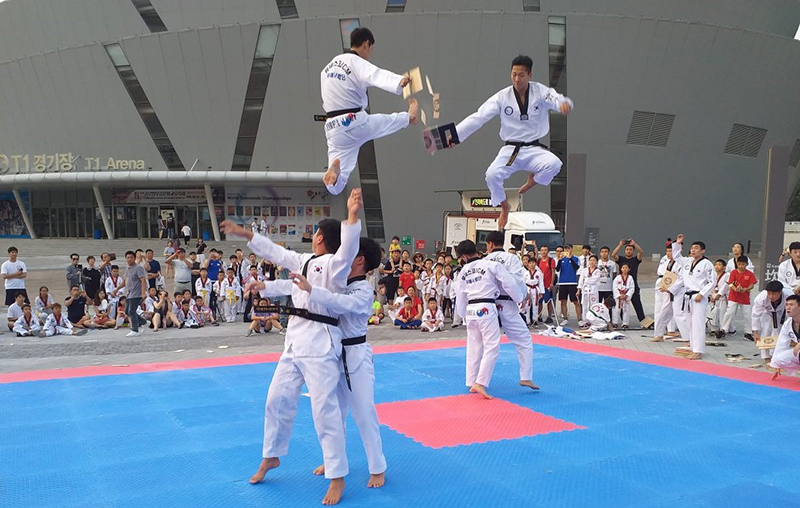
Taekwondo
- National martial arts of the Republic of Korea.
- Uses bare hands and feet techniques to attack.
- Diverse kicking techniques which differentiates Taekwondo with other martial arts.
- Transmitted all over the world in early 1970s, and was chosen as an official sport for the 2000 Sydney Olympics. -
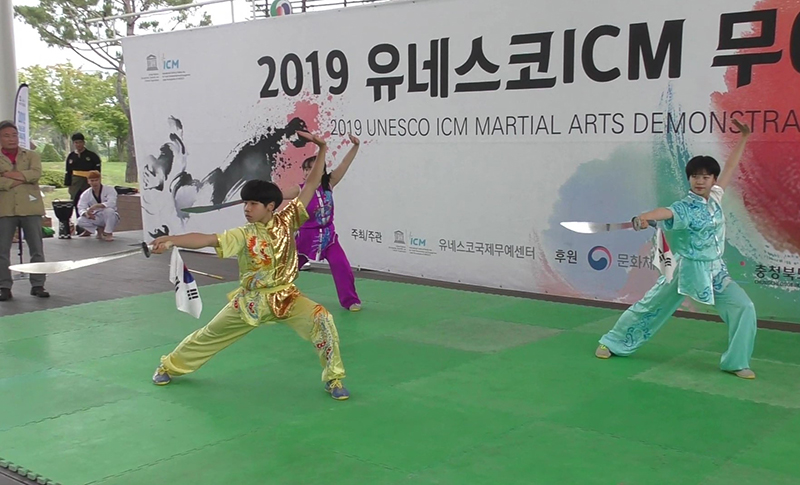
Wushu
- A modern form of China’s traditional martial arts Kungfu, which was developed with the aim to help monks be physically healthy.
- May refer to all kinds of Chinese Martial Arts that have been developed and transmitted in central china. -
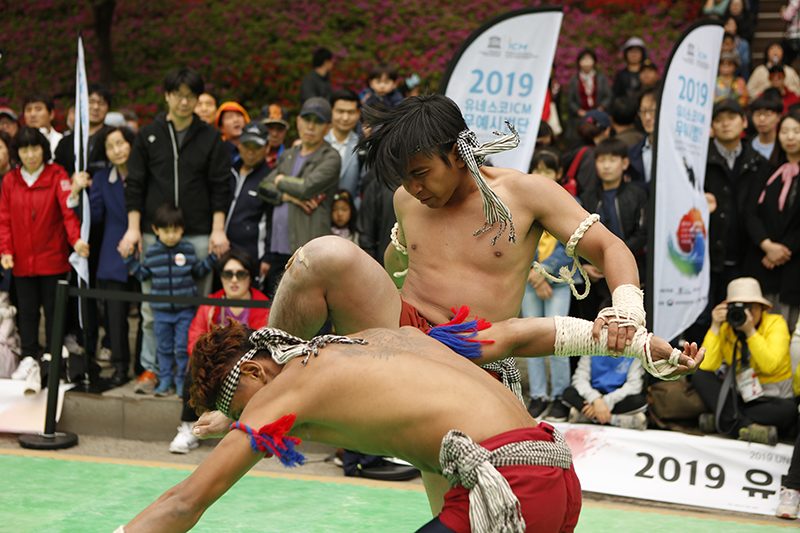
Bokato
- Cambodian martial arts that include hand to hand combat, ground techniques, and weapons.
- It is said the Bokato was first systemized during Kmer Kingdom. Many techniques are based on motions of animals.
- Practitioners are trained to use almost all parts of the body, shoulders, buttocks, chins, and fingers to make the opponent surrender. -
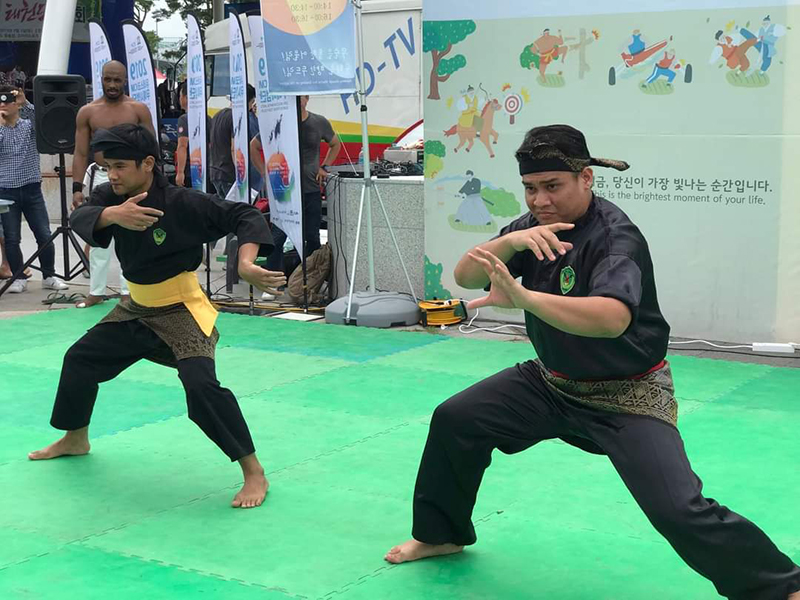
Silat
- Means to defend artistically and consists of motions similar to those of the animals.
- Practiced a lot in Indonesia, Malaysia, Singapore, Brunei, Southern Thailand, Western Philippines, South-East Asia countries, etc.
- Inscribed as UNESCO’s Lists of Intangible Cultural Heritage in 2019. -

Arnis
- Philippine’s traditional martial arts, also called ‘Kali,’ or ‘Eskrima.’
- Consists of weapon (sticks, knives, etc.) based techniques with sticks, and open hand fighting without weapons. -
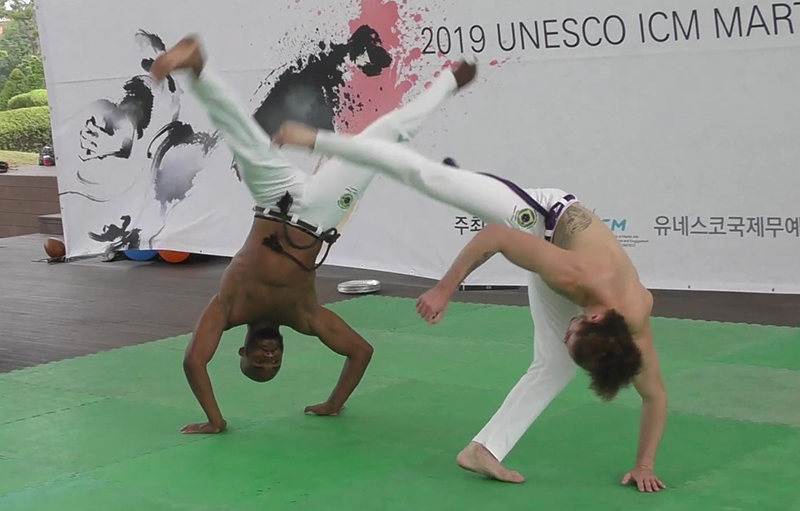
Capoeira
- Brazil’s traditional martial arts that includes playing instruments and singing.
- Consists of artistic and dynamic movements using turns, and fast kicks.
- Inscribed as UNESCO’s Lists of Intangible Cultural Heritage in 2014. -

24BanMuye
- 24 types of Martial arts mastered by the army during the Josun dynasty, King Jongjo period.
- Transmitted through Mu Ye Do Bo Tong Ji, a comprehensive illustrated manual of martial arts made during the period.
- Consists of various movements and weapons which allow a diversity within the martial arts. -
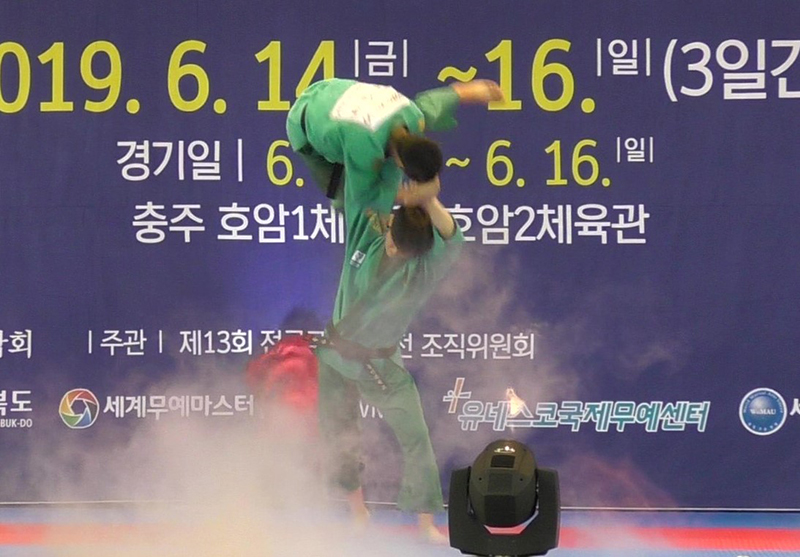
Yongmudo
- A comprehensive martial arts created by the Yongin University, Martial Arts College.
- Combines boxing and wrestling techniques and strong aspects from Taekwondo, Hapkido, Judo, Ssireum, and Kendo.
















